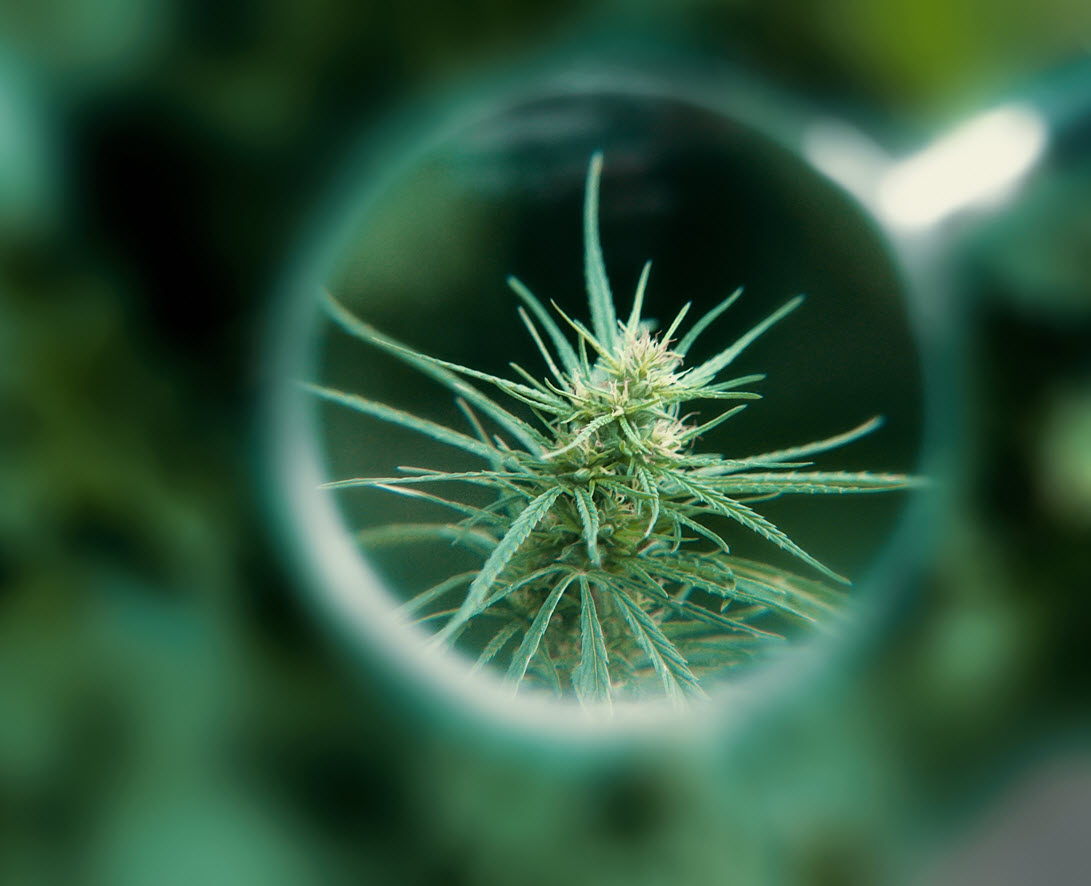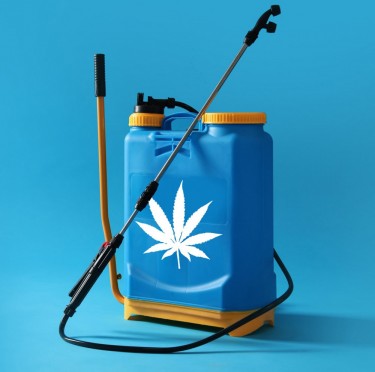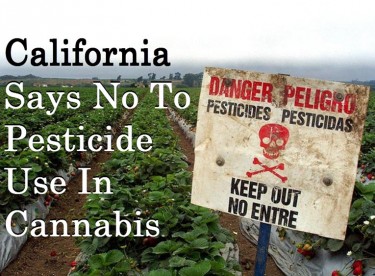
What are the dangers of smoking PGR marijuana? (Wait, what’s PGR weed again?)
Plant growth regulators don’t seem threatening, but this cannabis should scare you, the user. Of course, you’ve heard of the negative effects fungicides and pesticides have on your flowers, but that’s not the only contamination risk you will experience. Another chemical horror is brewing in the cannabis industry and you need to know how to identify it.
The PGR weed is a novel substance in the cannabis sector and came into play because of the desire for larger buds and yields. As consumer demand for cannabis increases, farmers begin to sacrifice by spraying the cannabis crop with harmful PGRs. As a cannabis user, the only thing left to worry about now is metal contamination; You also need to worry about the possibility of PGR in your weed.
What is PGR?
American agribusiness enthusiasts were faced with a chemical revolution in the 1930s. By that time, America’s agribusiness had accepted the use of synthetic chemicals, including things like:
-
Fungicides
-
Pesticides
-
fertilizer
This was also a time when new chemical applications called “plant hormones” and regulators were applied to pineapples to increase their flower production. Farmers in this American agricultural era began using these methods on other crops, which made them popular.
The plant growth regulators used in crops should control their growth in a special way. With cannabis, for example, it is important that cannabis growers have denser buds, bigger yields, and bushier crops, which was a sign of abundant growth.
Aside from cannabis, the plant growth regulator can be sprayed on trees to keep them short and to maintain them; there are other ways of applying it to plants. PGRs are chemicals used to change the rate at which a plant grows or changes part of the plant.
The plants naturally produce hormones that support their growth, fruit and other developmental phases. Now, from the 19th through the 20th centuries, breeders continued to use PGRs, with some of the chemicals regulated and others banned.
Top 3 most common PGRs
The rising rate of PGRs in the cannabis sector is still exposed as there are still more significant parts of the marijuana industry operating in the illegal (black) market. Hence, there is no way of telling when PGR will be sprayed on cannabis and when breeders can use it.
Most worrying is the fact that chemicals used for growing cannabis often do not contain an ingredient list. In addition, you can buy PGRs online or from hydroponics stores. If you take the time to read the label, you will know whether the product contains PGR or not.
Another important rule to remember is that if the nutrients are safe for great yields with no ingredient listing, then they may contain PGR. Here are three types of PGRs:
Paclobutrazole
This can be applied to a variety of plants, from trees to lawns to cannabis. It is mainly used to manipulate the plants so that they grow evenly with thick vegetative sizes.
Unfortunately, paclobutrazole doesn’t allow the plants to produce their natural terpenes even though the buds look like normal cannabis plants. The end product will be less effective and not very tasty. This chemical has harmful toxic effects: it affects brain activity and can affect the reproductive cycle.
Chlormequat chloride
Chlormequat chloride was originally only used for flowers but is now used for weeds. When applied to plants like cannabis and other cereal grains, it affects their vegetative growth.
However, accidental exposure of humans through skin inhalation or immersion may cause throat and nose irritation. It is still used in large agricultural sectors like the cannabis market and poses a threat to safe cannabis use.
Damiocide
Originally this chemical was made for ornamental plants, but when applied to cannabis it inhibits growth. In 1989 it was banned by the EPA with strict instructions not to use it on food. It was also banned because it contributed to cancer growth, with the EPA warning that its use can pose public health risks.
How to identify a PGR weed
Other harmful pesticides used on cannabis aren’t showing any worrying signs, but PGR weeds are showing clear signs. PGR cannabis doesn’t look like a natural organic weed, and they are known to have orange hairs all over the buds.
You will also see tiny trichomes develop on the buds (they will look like crystals with clear yellow and purple colors. The plant’s flowers are also spongy to the touch, they have smaller buds and wouldn’t even smell like weeds.
If you see these marks on the cannabis plant or any weed you buy, PGR has been used. The more PGR that is used on the system, the more signs are attached to the system. Check out all of the new batches of cannabis you receive and if you are still unsure after the inspection, insist on speaking to the supplier.
There are many health concerns related to PGRs in consumables. Since these substances are still used in agriculture, this is one source of the problem for cannabis enthusiasts. Even though these PGRs are banned in food crops, they are still used for cannabis, exposing the consumer to all sorts of health risks. Immediate exposure can cause respiratory disease, vomiting, and nausea.
Bottom line
Some cannabis growers like to use PGR because it can transform the plant for higher yields. But this is one way of cheating on nature and making substandard cannabis products.
Even if you end up with aesthetically pleasing and large buds, the plants will contain fewer cannabinoids and would not be high in terpenes. Yes, you will have a rich harvest, but of poor quality, which is dangerous for users.
Fears about PGRs are justified, as smokers and cultivators are calling for a complete ban. Until the ban, keep an eye out for dull orange buds with a flexible center. You don’t want to be exposed to any health risk due to PGR in your cannabis.
PESTICIDES AND CANNABIS, READ MORE ..

PESTICIDES IN CANNABIS WHAT YOU NEED TO KNOW TODAY!
OR..
CALIFORNIA BAN PESTICIDES GROWING IN MARIJUANA, READ THIS!


Post a comment: